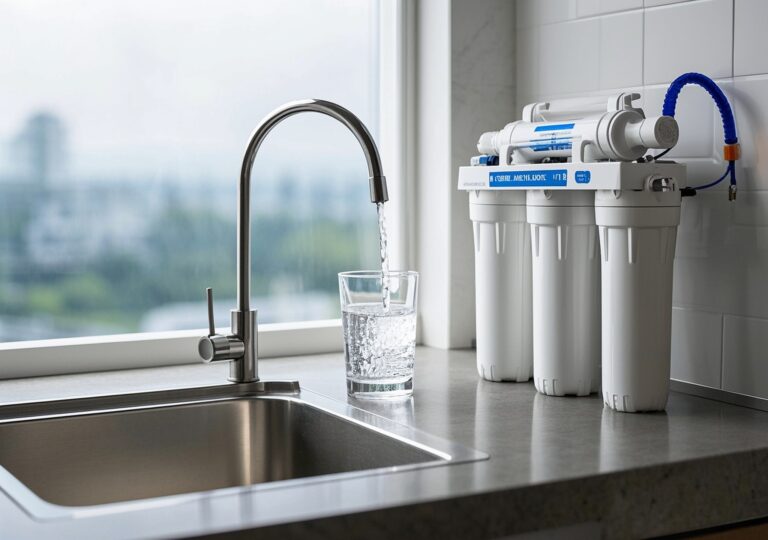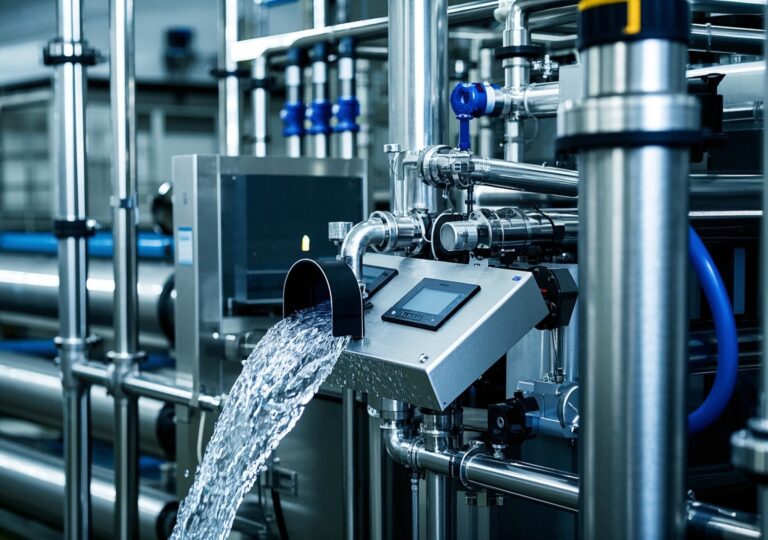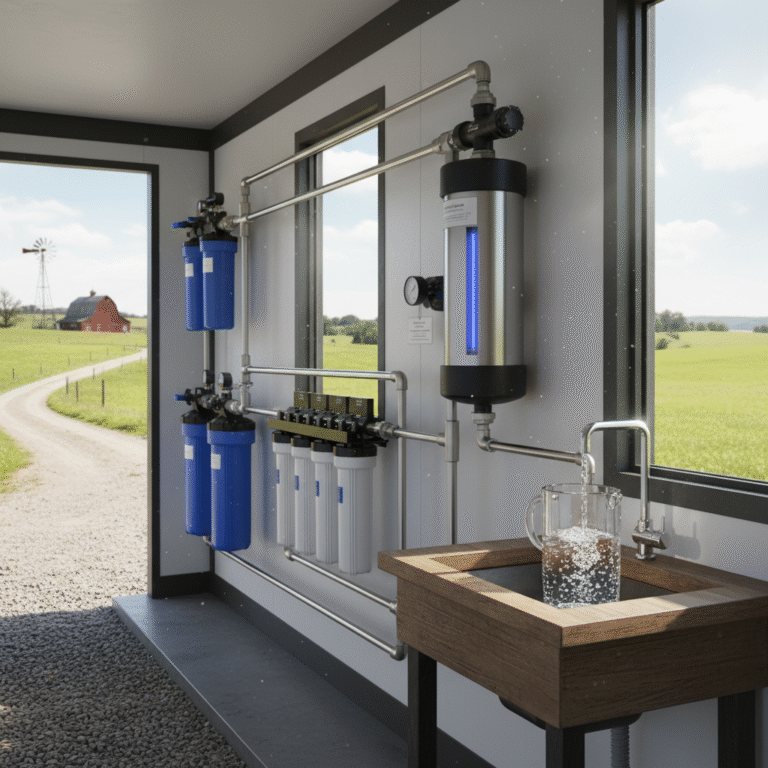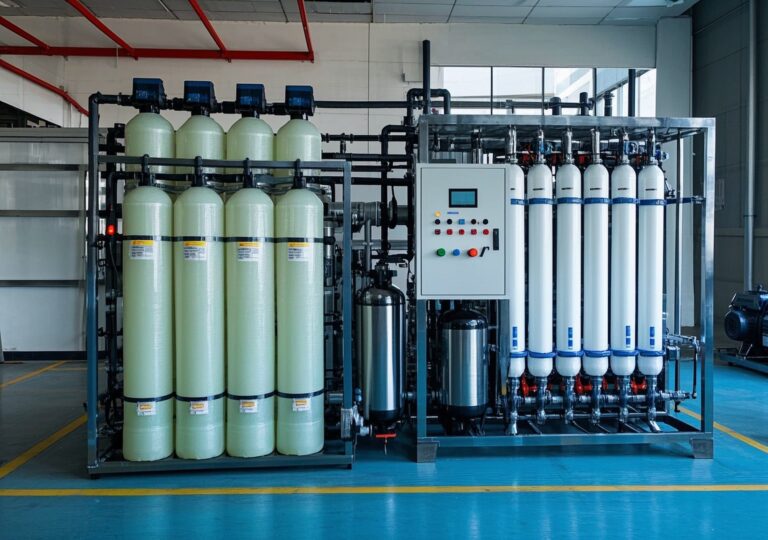Quantum Leap: reverse osmosis water system redefines purification tech
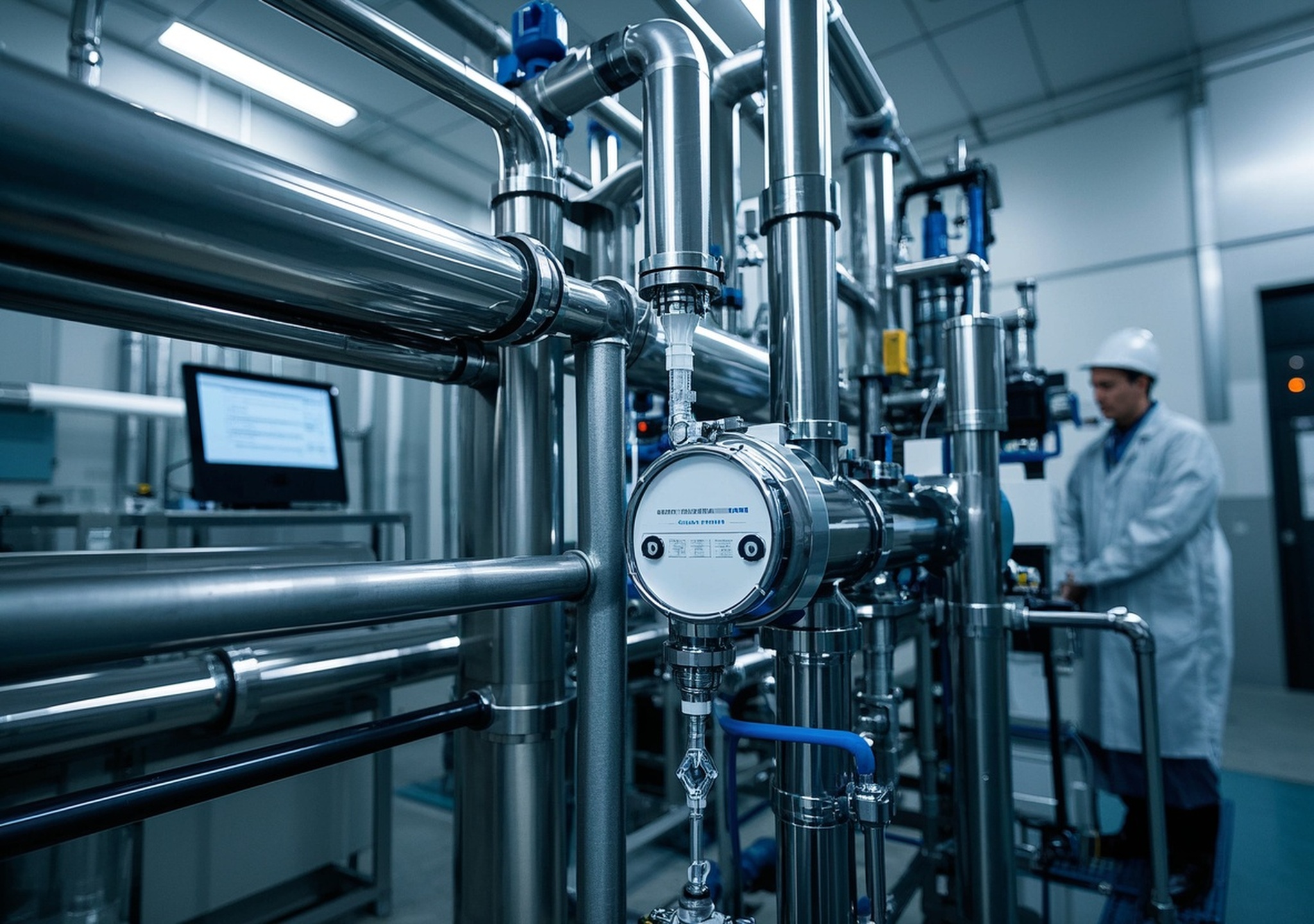
Quantum Leap: Reverse Osmosis Water System Redefines Purification Tech
As global water demands surge, the reverse osmosis water system stands at the forefront of providing purified, safe, and sustainable water. From industrial complexes in Africa to emerging urban centers in Southeast Asia and South America, this technology is revolutionizing how we treat and manage water. In this article, we delve deep into the manufacturing and application landscape of advanced water treatment equipment, emphasizing the reverse osmosis water purification system and its critical role in global water security efforts.
1. Industry and Corporate Background: Upholding Industrial Water Treatment and Environmental Stewardship
The manufacturing landscape of water treatment equipment, particularly reverse osmosis (RO) systems, is both technologically intensive and environmentally vital. Companies in this sector adhere to stringent quality and R&D protocols to ensure devices meet rising regulatory standards and sustainability goals.
Industrial water treatment has become indispensable for curbing pollution, conserving water resources, and enabling a circular economy. Businesses that develop RO systems emphasize:
- Environmental responsibility: Commitment to reducing water footprint and contaminant discharge.
- Innovation-driven R&D: Continual refinement of membranes, energy-efficient pumps, and intelligent monitoring systems.
- Compliance with global standards: Aligning products with regional water quality and safety regulations relevant to emerging economies in Asia, Africa, and South America.
These efforts underscore the sector’s role in both technological advancement and environmental conservation.
2. Product Portfolio Overview: From Reverse Osmosis to Integrated Water Treatment Solutions
2.1 Reverse Osmosis Systems
The backbone of modern water purification, RO systems employ semi-permeable membranes to remove up to 99% of dissolved salts, organic compounds, bacteria, and pyrogens. These systems vary by capacity and configuration:
- Industrial RO systems – Designed for high-volume water treatment, suitable for pharmaceutical, food and beverage, and semiconductor manufacturing industries.
- Commercial RO units – Mid-to-large capacity systems customized for hospitals, hotels, and office buildings seeking reliable and hygienic water supply.
- Whole house RO systems – Residential-scale solutions that deliver purified water throughout a household, removing chlorine, lead, and other contaminants.
Technical Highlights:
| Parameter | Industrial RO | Commercial RO | Whole House RO |
|---|---|---|---|
| Capacity | Up to 1,000,000 GPD | 10,000 – 500,000 GPD | 50 – 500 GPD |
| Membrane Type | Thin-film composite high rejection membranes | Polyamide membranes | Composite membranes optimized for household needs |
| Operating Pressure | 150 – 300 psi | 80 – 150 psi | 50 – 100 psi |
| Features | Automated backwash, remote monitoring, energy recuperation | Compact design, easy maintenance, multi-stage filtration | Under-sink or whole-house integration, UV sterilization options |
2.2 Ultrafiltration and Pretreatment Systems
To optimize RO membrane longevity and performance, pretreatment through ultrafiltration or softening is critical. These systems remove suspended solids, chlorine, and hardness ions that can damage membranes.
2.3 Electro-deionization (EDI) Systems
EDI technology complements RO by removing ionic contaminants to produce ultra-pure water, essential for electronics manufacturing and pharmaceutical industries.
2.4 Softening and Conditioning Units
For water sources with high hardness, integrated water softeners improve RO efficiency by reducing scale formation, further safeguarding membranes and downstream equipment.
3. Technological Innovations and Competitive Advantages
What distinguishes modern reverse osmosis water systems from traditional water purification equipment is a blend of innovation in membranes, energy use, and system intelligence:
| Feature | Traditional RO Systems | Advanced RO Systems |
|---|---|---|
| Energy Efficiency | High consumption, no recovery | Up to 40% energy recovery with pressure exchangers |
| Membrane Lifespan | 1-2 years | 3-5 years with advanced coatings |
| System Monitoring | Manual inspection | Real-time remote monitoring and diagnostics via IoT |
| Water Recovery Rate | 50-60% | 75-85% |
In particular, recent integration of smart sensors and energy-saving membranes underscores a commitment to sustainable operations – a key factor for industries operating in cost-sensitive regions.
4. Industry Status and Market Outlook
The global reverse osmosis water system market is projected to expand from $9.26 billion in 2025 to $14.81 billion by 2034, growing at a compound annual growth rate (CAGR) of 5.3% (Business Research Insights). This growth is propelled by rapid urbanization, industrial advancement, and increasing awareness of waterborne health risks.
Major regional players—particularly in North America, Southeast Asia, Africa, and South America—are driving market adoption. Emerging economies show a remarkable uptake in residential and commercial RO installations, with over 68% of urban households in some markets installing RO for safe drinking water. Governments’ push for improved water quality standards and disease prevention accelerates demand for whole house water purification systems reverse osmosis and commercial purification technologies.
Industrial applications are expected to grow at a CAGR of over 9% by 2033, underscoring the growing necessity in sectors such as pharmaceuticals, food processing, and electronics manufacturing.
5. Manufacturing and R&D Excellence
Leading manufacturers operate highly automated, ISO-certified production facilities featuring:
- State-of-the-art membrane fabrication labs developing next-generation thin-film composites with enhanced permeability and fouling resistance.
- Robust quality assurance workflows integrating multi-point testing for membrane performance, pump efficiency, and system leak detection.
- Collaborative R&D partnerships with universities and research institutes that drive breakthroughs in system energy efficiency and smart water management.
Our direct involvement in supporting projects across diverse geographies confirms that durability, ease of maintenance, and adaptability to regional water chemistries are paramount criteria guiding product development.
6. Customer Success Stories and Application Insights
Based on my experience in deploying water purification systems across Southeast Asia, one notable project involved a commercial beverage producer integrating an advanced RO water purification system. The system delivered a 30% reduction in water wastage and improved product quality consistency, resulting in 15% higher operational throughput within the first year.
Another example is a municipal project in a coastal city of Africa implementing a whole house reverse osmosis water system tailored for community-level usage. This initiative enhanced water safety, reducing gastrointestinal diseases by 25% among residents in the first six months post-installation.
These practical deployments demonstrate the systems’ versatility in meeting stringent purity standards while addressing local water challenges.
7. Commitment to Environmental Sustainability
Contemporary reverse osmosis water systems emphasize:
- Use of recyclable and non-toxic materials for membrane elements and system components.
- Energy-saving designs, including low-pressure operations and recovery technologies to reduce carbon footprints.
- Wastewater minimization strategies that recycle and repurpose concentrate streams where feasible.
Developing sustainable water purification aligns with global goals for clean water access and climate resilience, positioning RO systems as a vital contributor to ecological stewardship.
8. Contact and Engagement
For enterprises and institutions seeking tailor-made water treatment solutions, consultation with water treatment technology experts enables alignment with exact usage scenarios, water source characteristics, and compliance requirements.
Potential clients are encouraged to contact specialist teams via multiple channels—whether for detailed feasibility studies, pilot testing engagements, or full-scale system design.
Collaborative partnerships ensure that evolving water purification challenges are met with innovative, reliable, and cost-effective solutions.
Authoritative Data Sources:
- Business Research Insights – Reverse Osmosis (RO) System Market Size & Growth, Forecast
- Grand View Research – Water Treatment Systems Market Size | Industry Report, 2033
- Straits Research – Commercial Water Purifier Market & Home Water Filtration Systems Market Size
- Spherical Insights – Global Residential Water Treatment System Market, Forecast to 2033
These sources provide verified, up-to-date market intelligence underscoring the technological advancements and broad adoption trajectories of reverse osmosis and associated water purification technologies globally.

